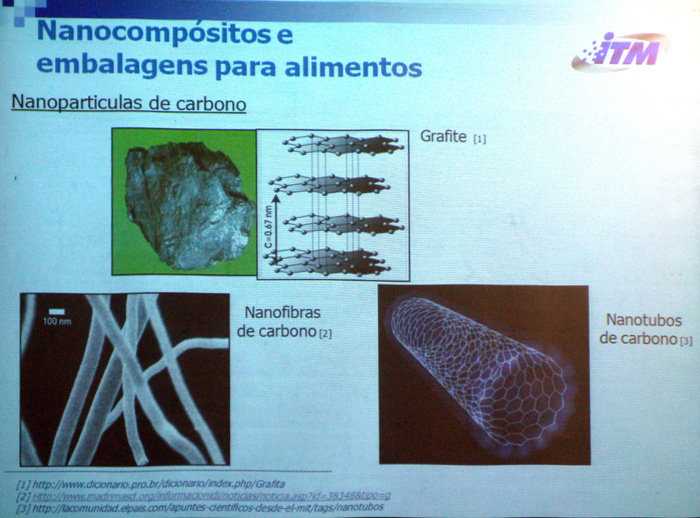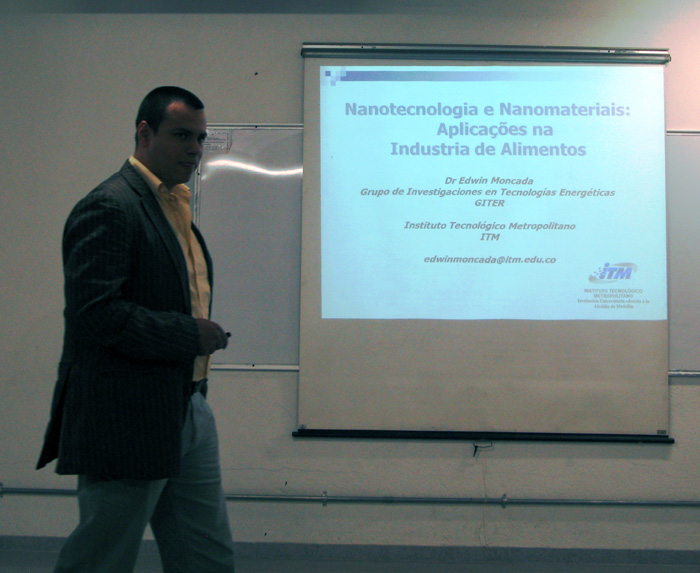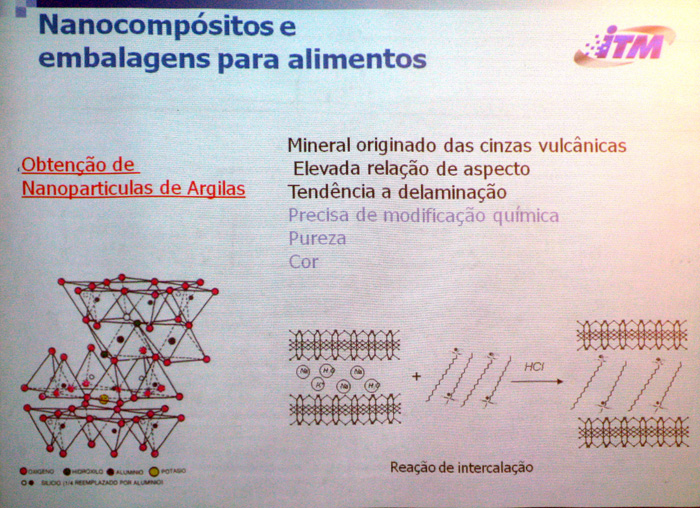In the past, packages were conceived as an element to protect something from external agents; however, this idea has changed, explains Edwin Moncada, a researcher from the Metropolitan Technology Institute (ITM, for its acronym in Spanish), who was invited to the Chemist Day celebration at Universidad Nacional de Colombia in Medellin.
"In a petrochemical enterprise in Brazil, three patents are being developed in this matter. There, some systems were used in which nanoparticles that help diminishing microbiological growth were placed in the packages," affirmed Moncada.
According to the researcher, the nanocomposites (a material composed by two or more components) in the packages allow the modification of the mechanical and thermal properties. This helps the application of the material in a minor thickness, which makes it stronger and less contaminated, since the components based on petroleum can be reduced, helping the preservation of food.
Along with a report from Food Nanotechnology, industries make investments in researching different areas of nanotechnology applied to the food industry. "These investments went from 2,6 million to 7,0 million in 2006, and it is estimated that this amount increases to 20,4 in 2010."
"More than 200 companies around the world are developing nanomaterials to be used in food packaging and pharmaceutical products. United States is the main country in research, followed by Japan and China. By 2010, it is expected that Asia, with 50% of the world"s population, becomes the biggest market for these products," mentions the report.
According to Moncada, the potential of the application of nanotechnology is bigger with the past of time, not only in packages, but also in food, since it can improve its properties and modify its substances.
 Correo Electrónico
Correo Electrónico
 DNINFOA - SIA
DNINFOA - SIA
 Bibliotecas
Bibliotecas
 Convocatorias
Convocatorias
 Identidad UNAL
Identidad UNAL





